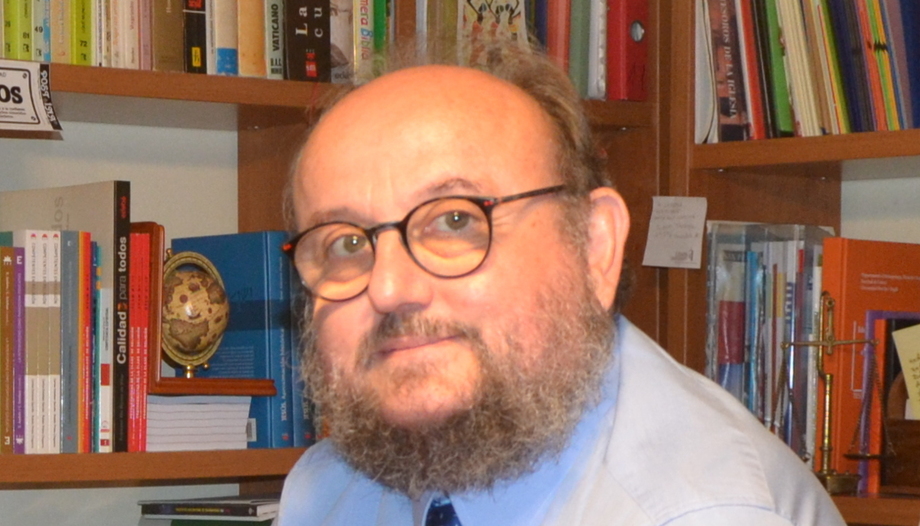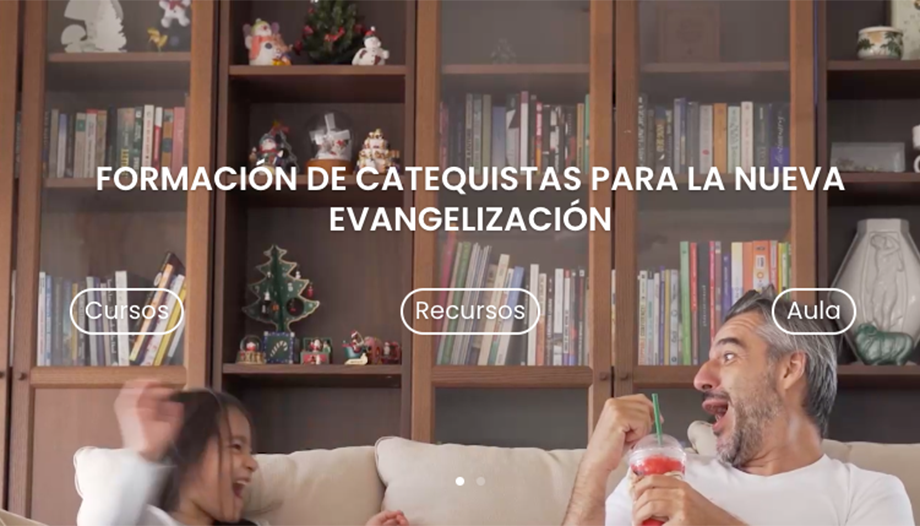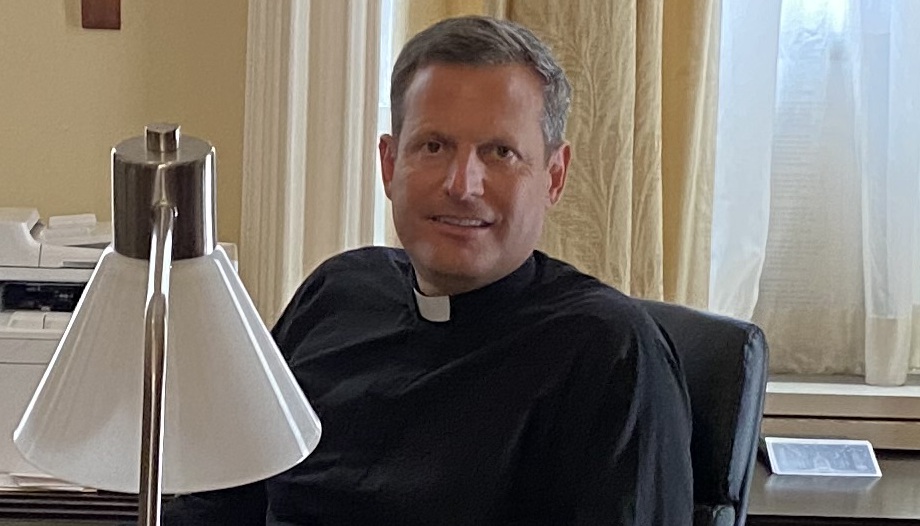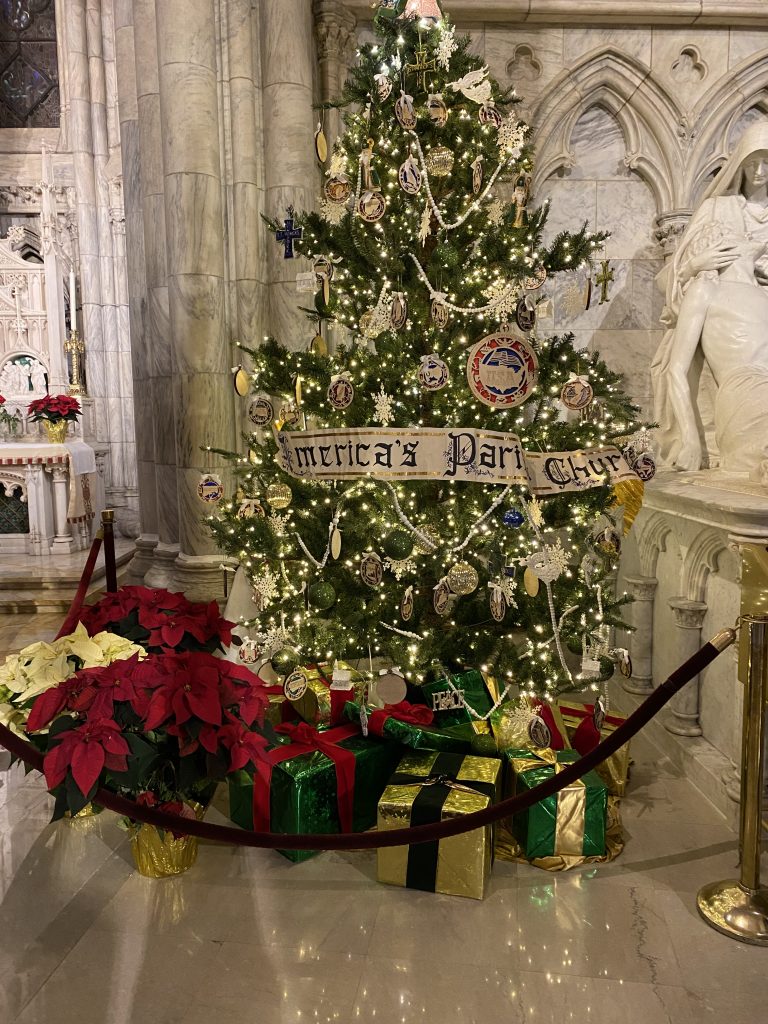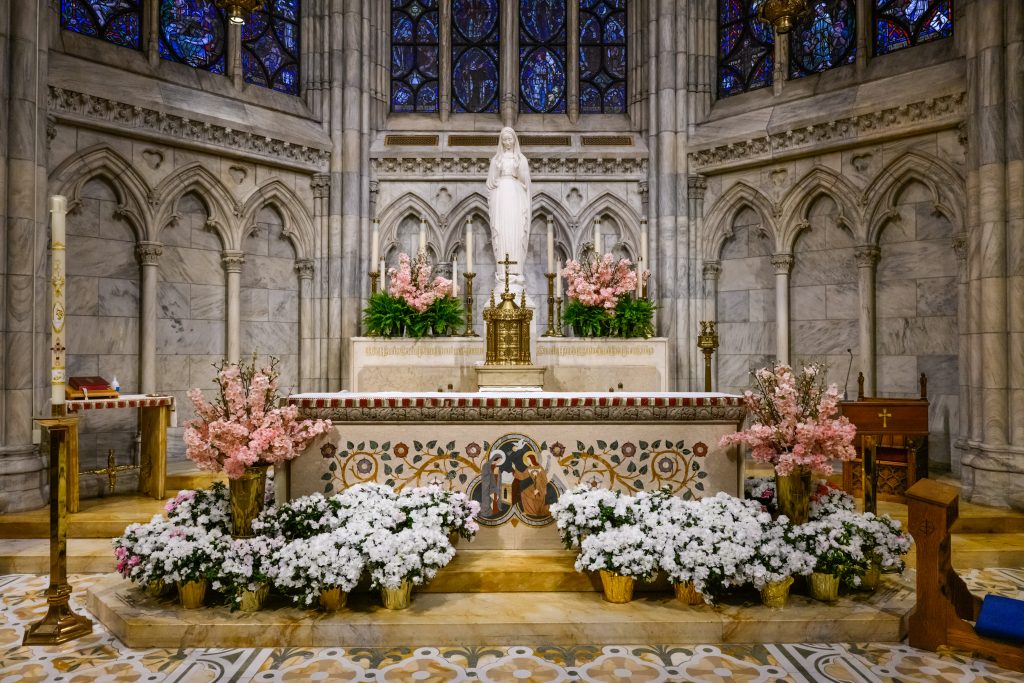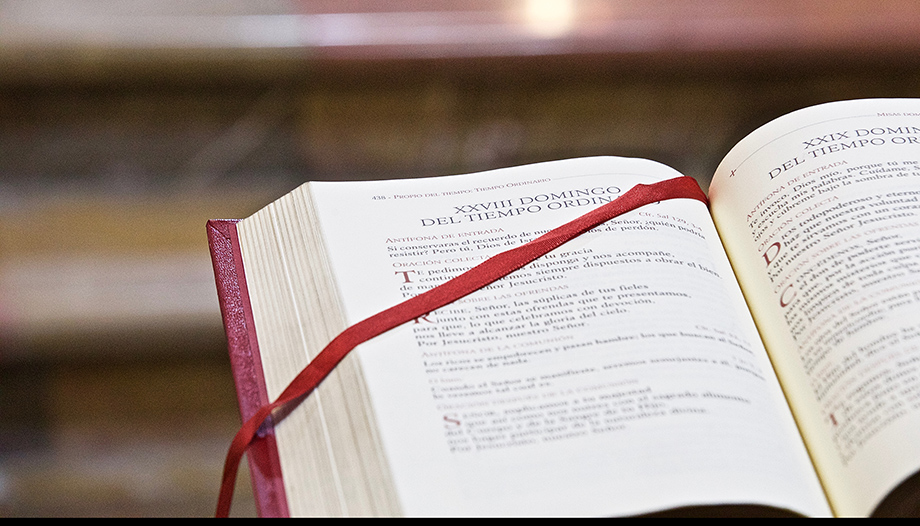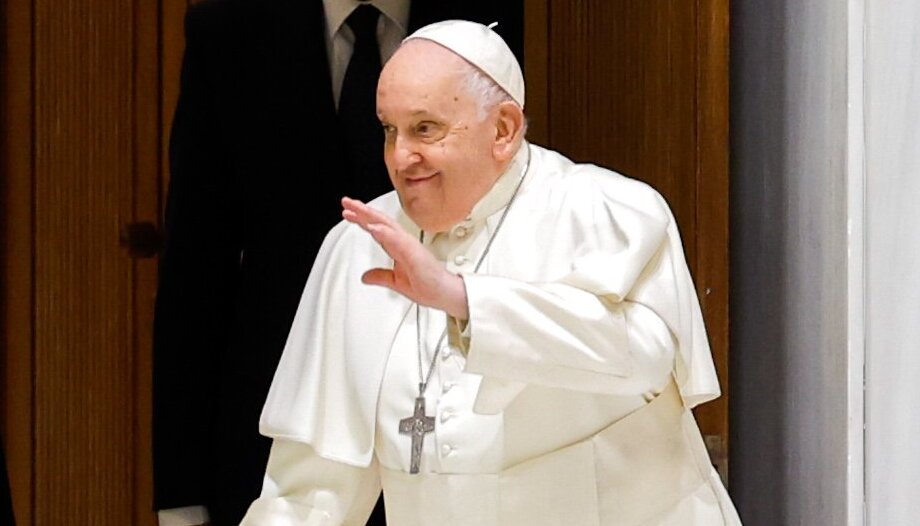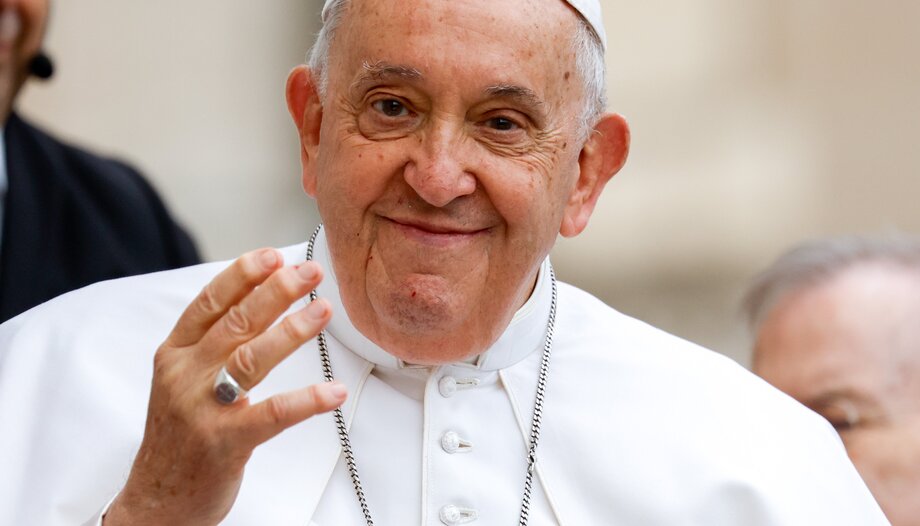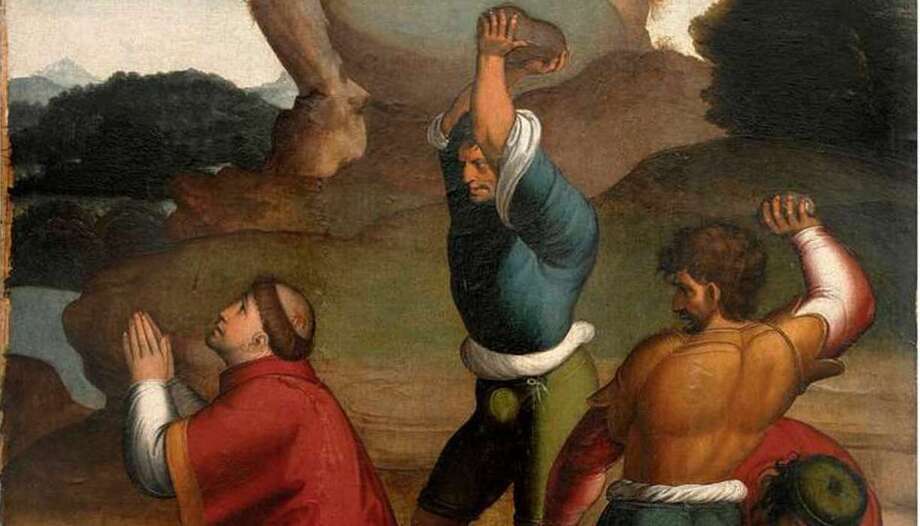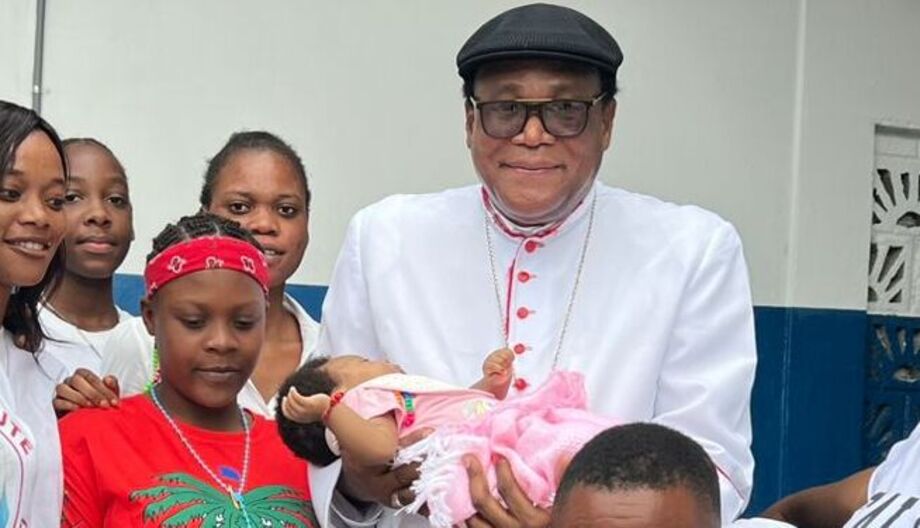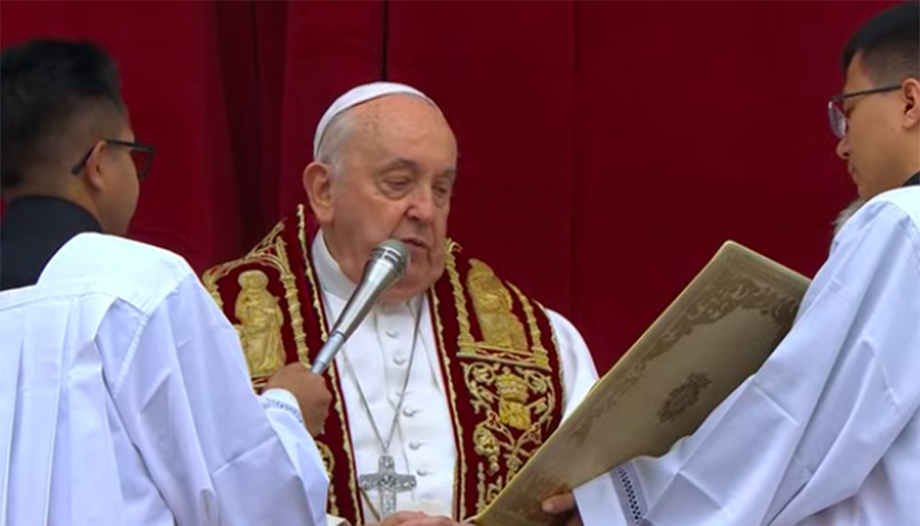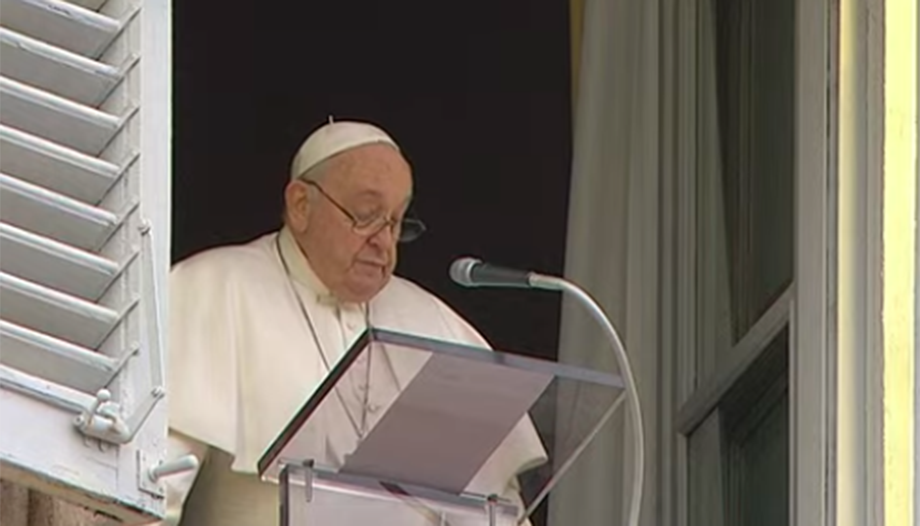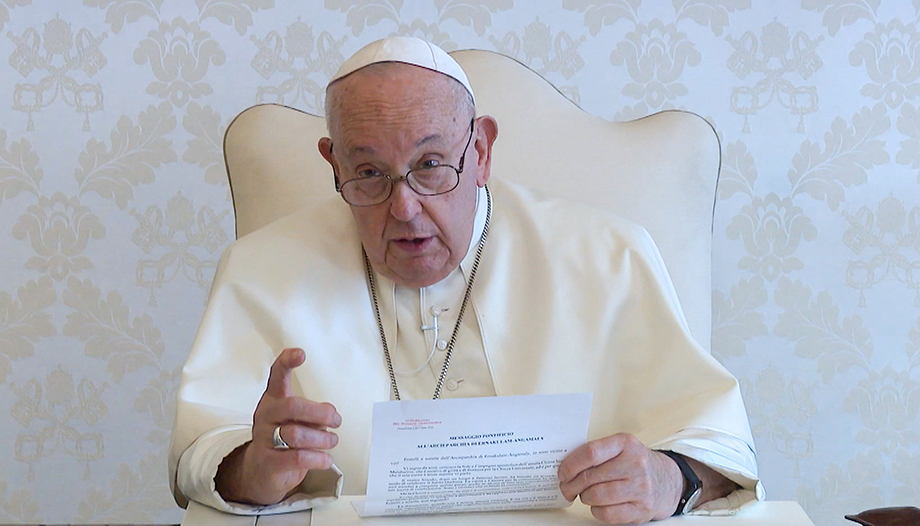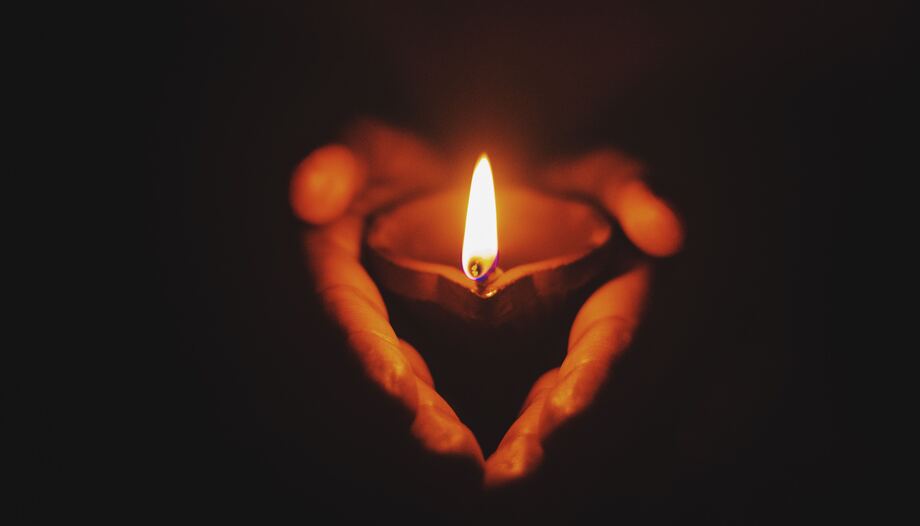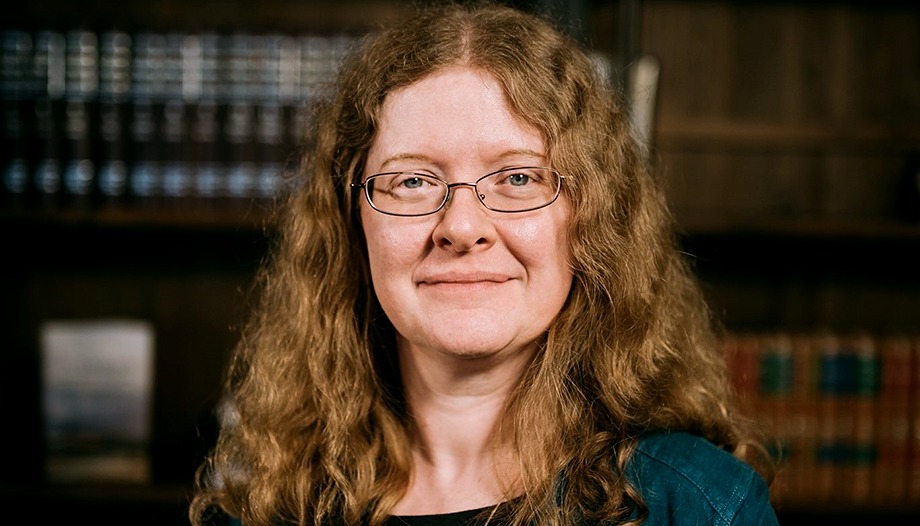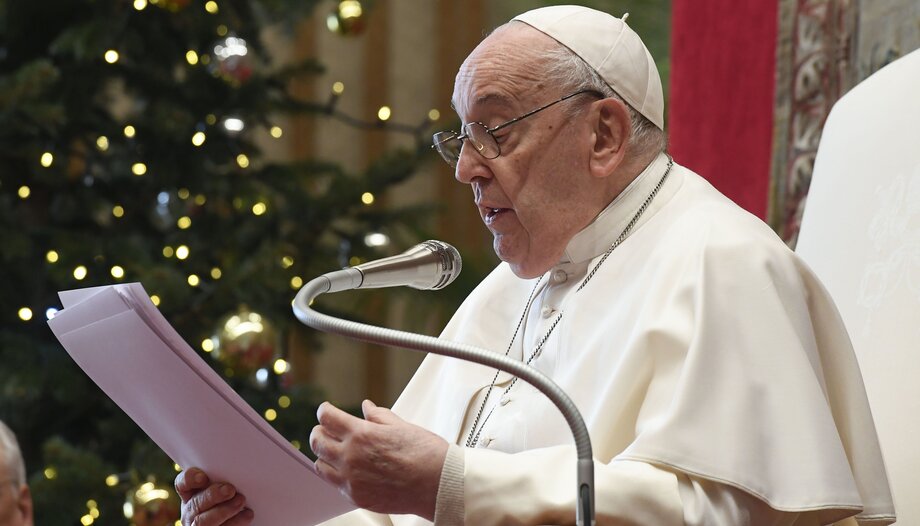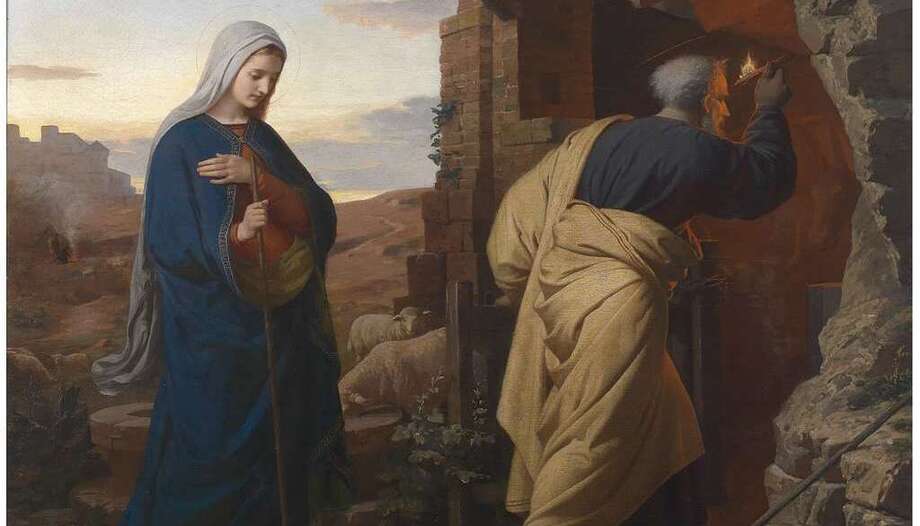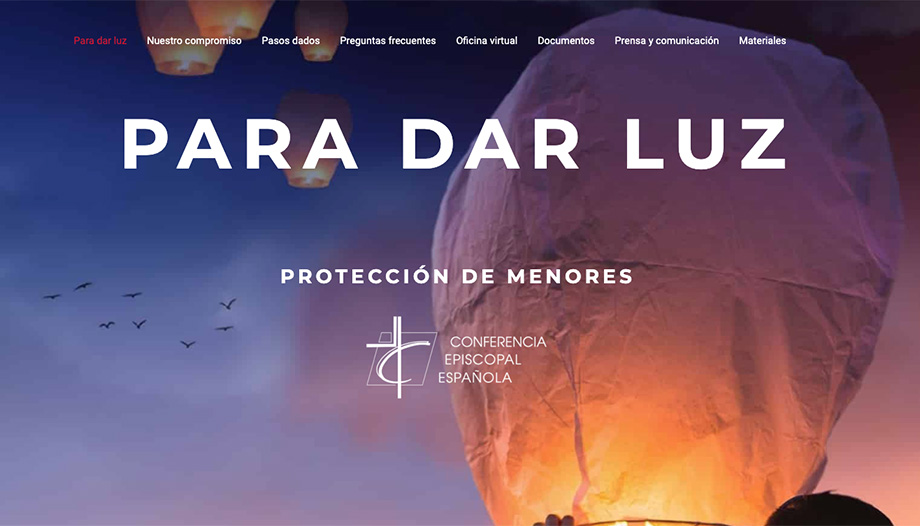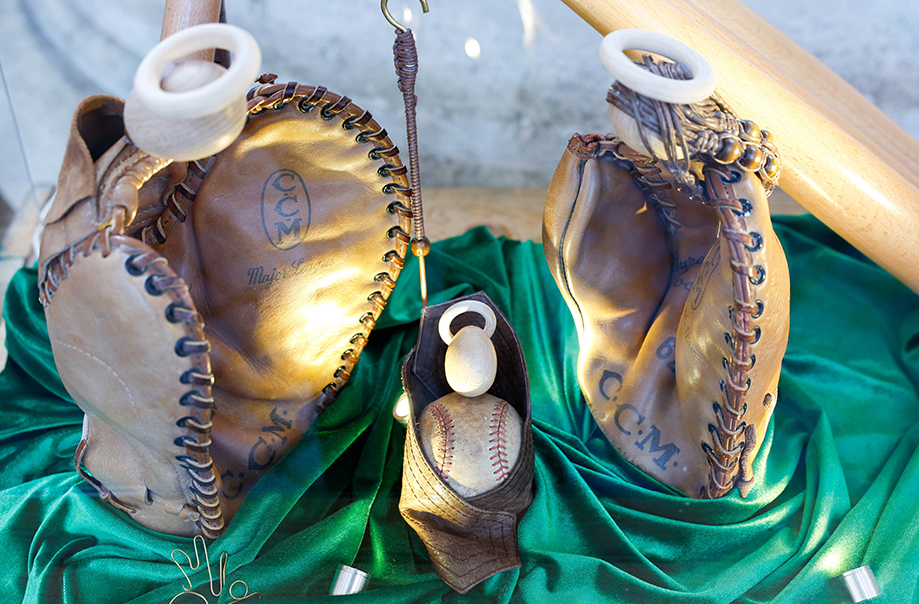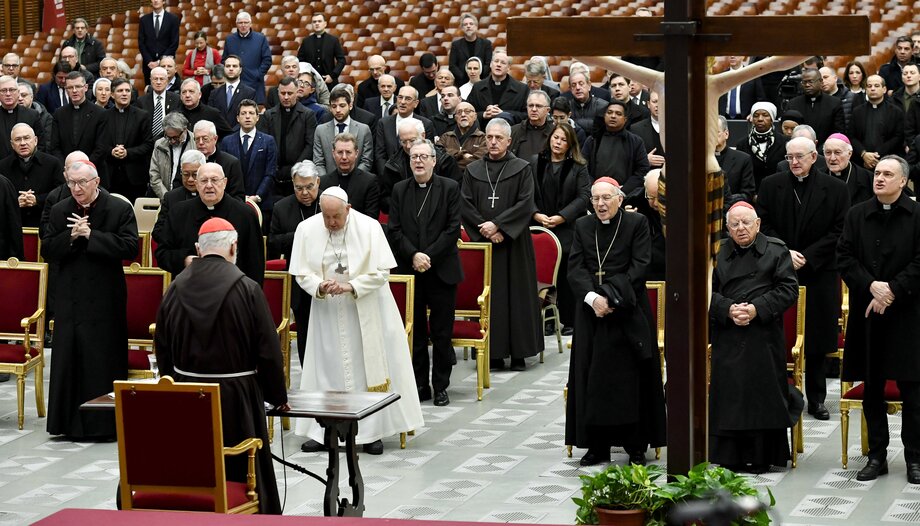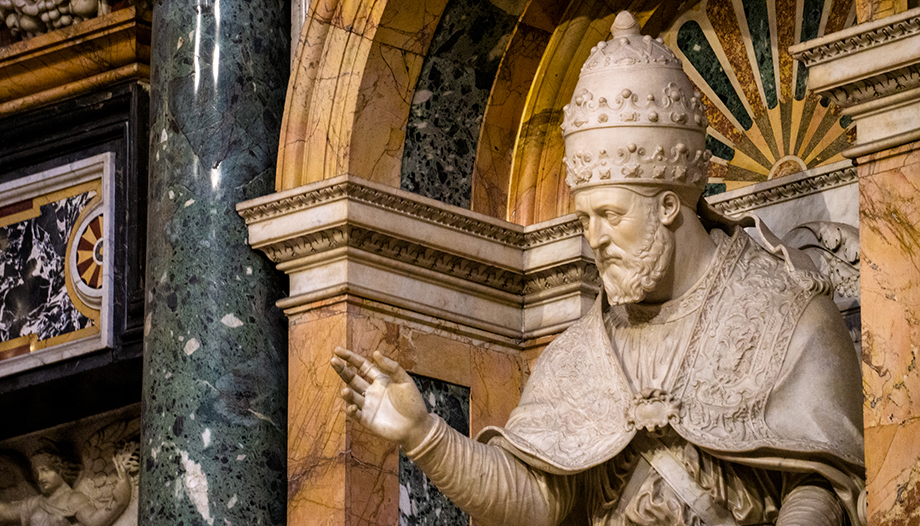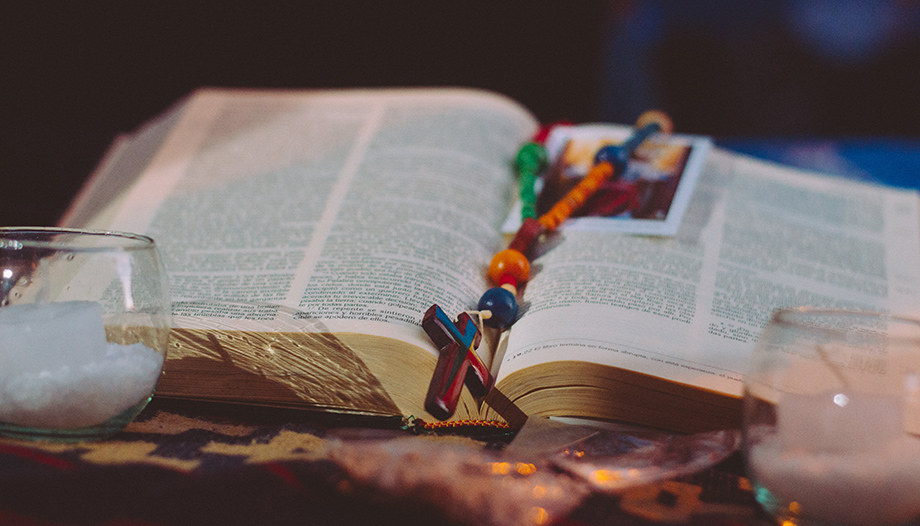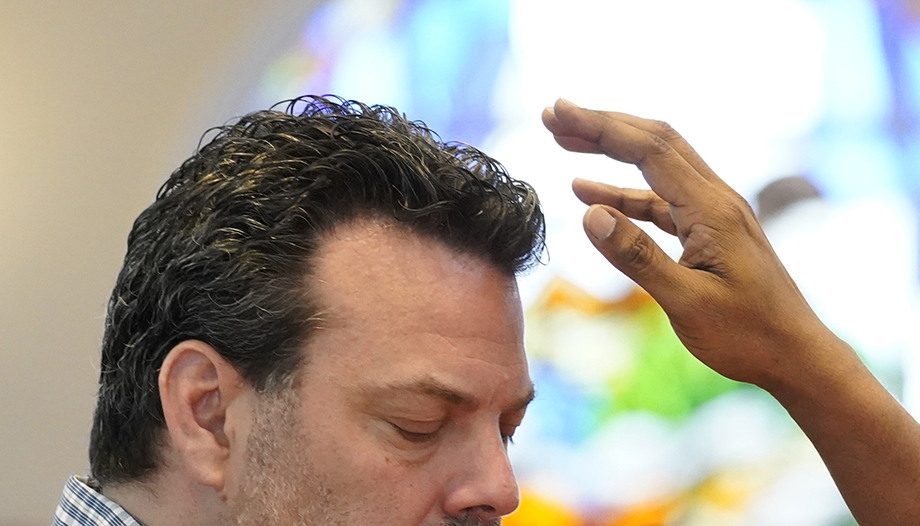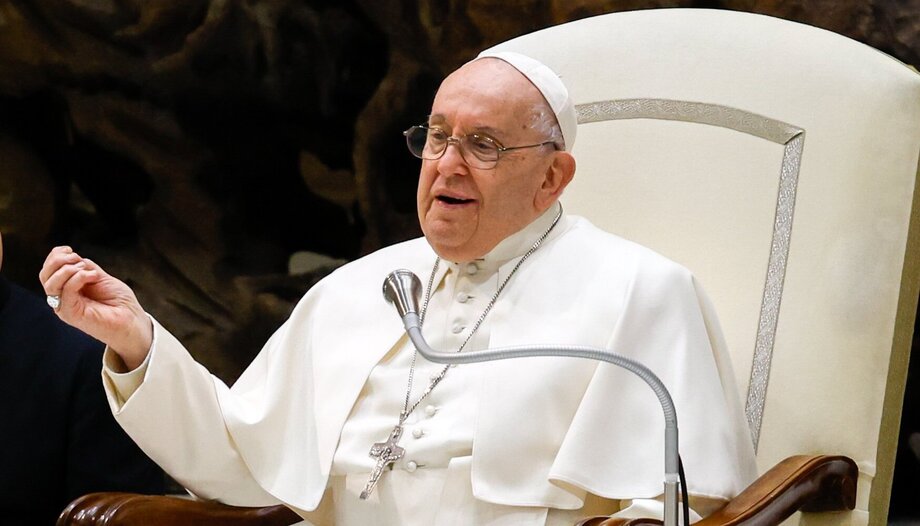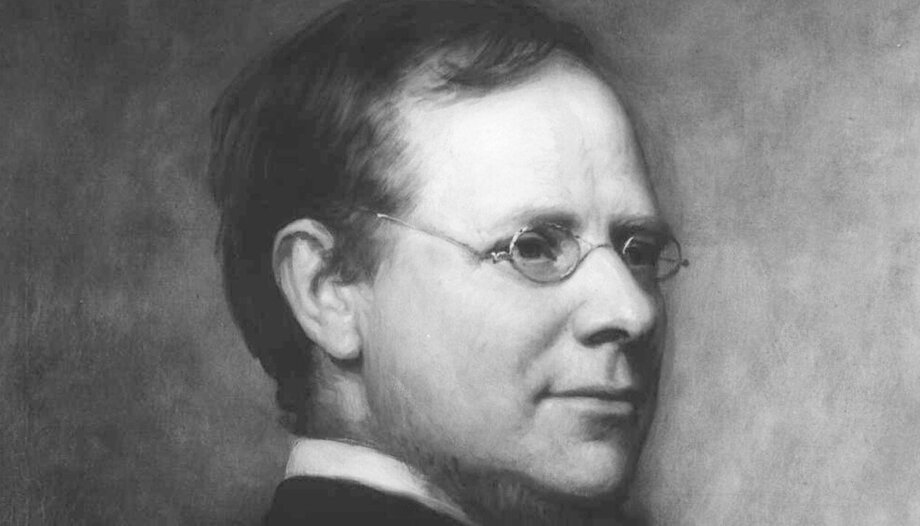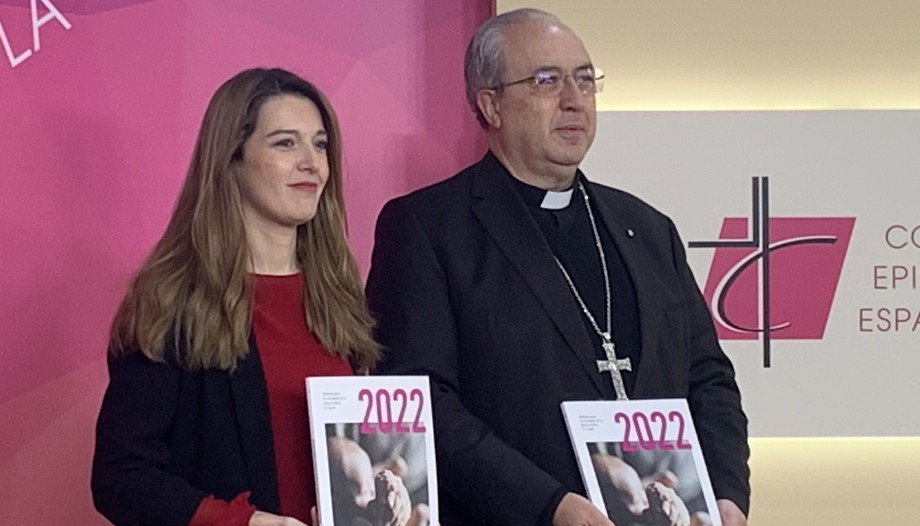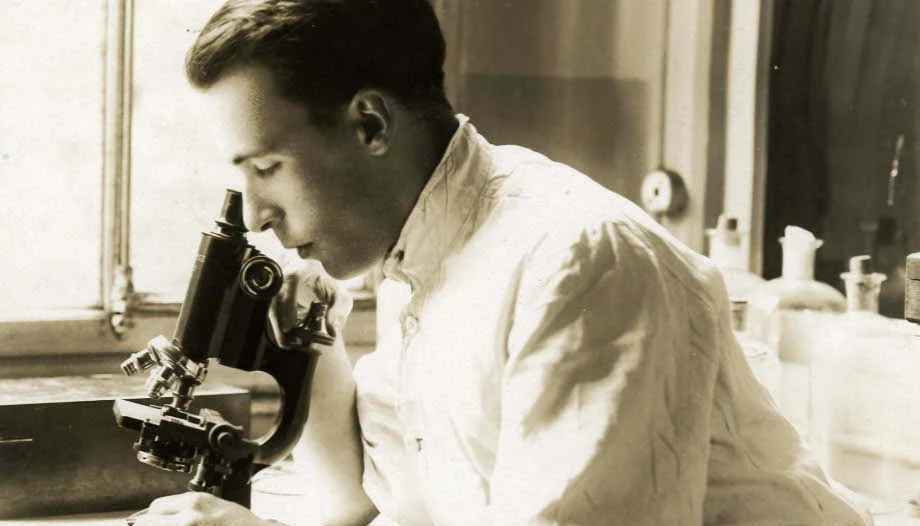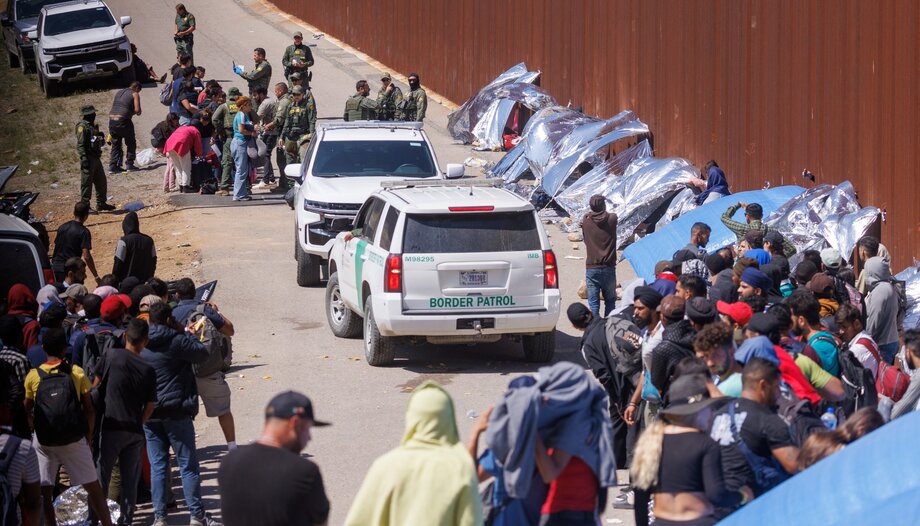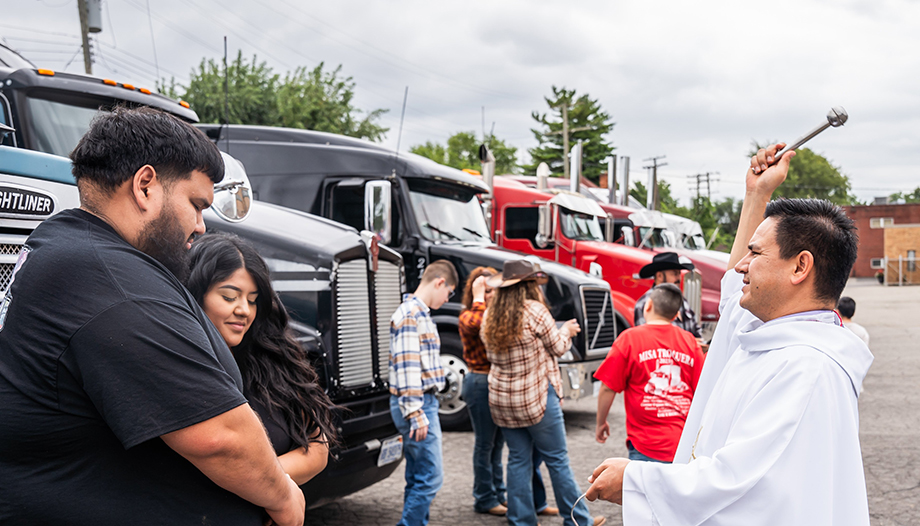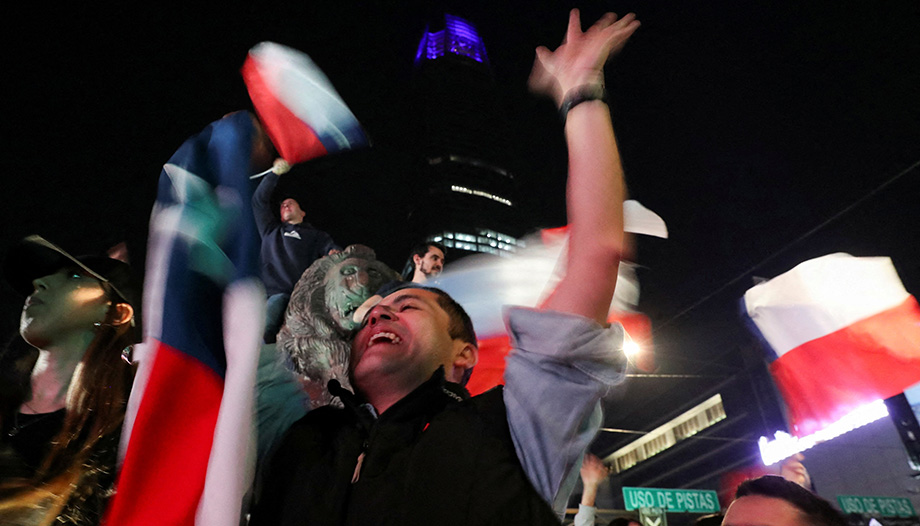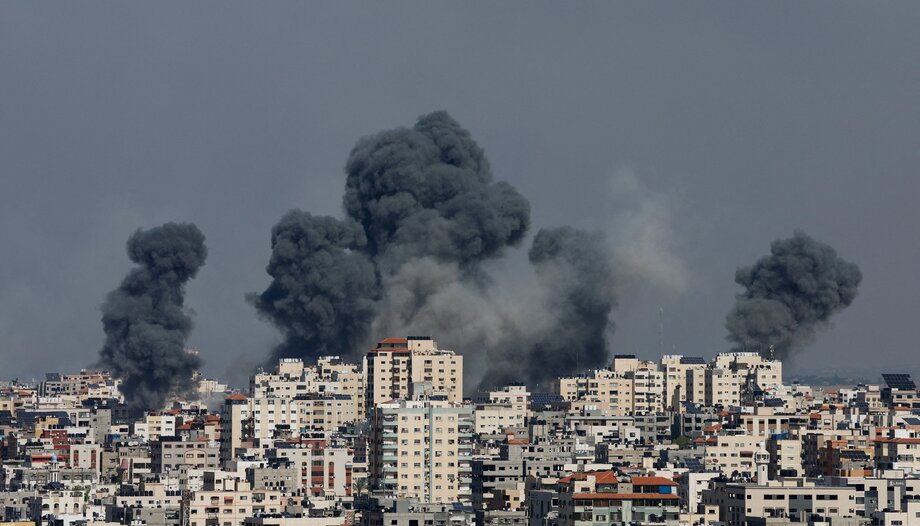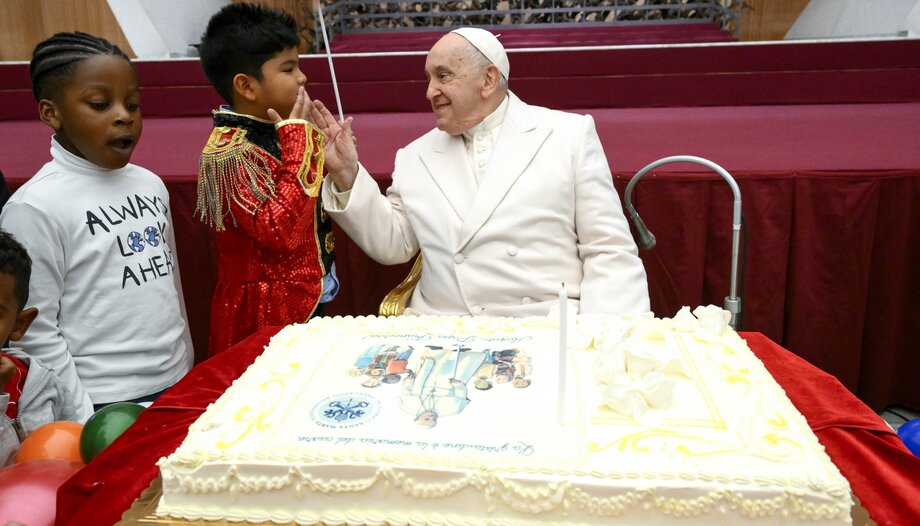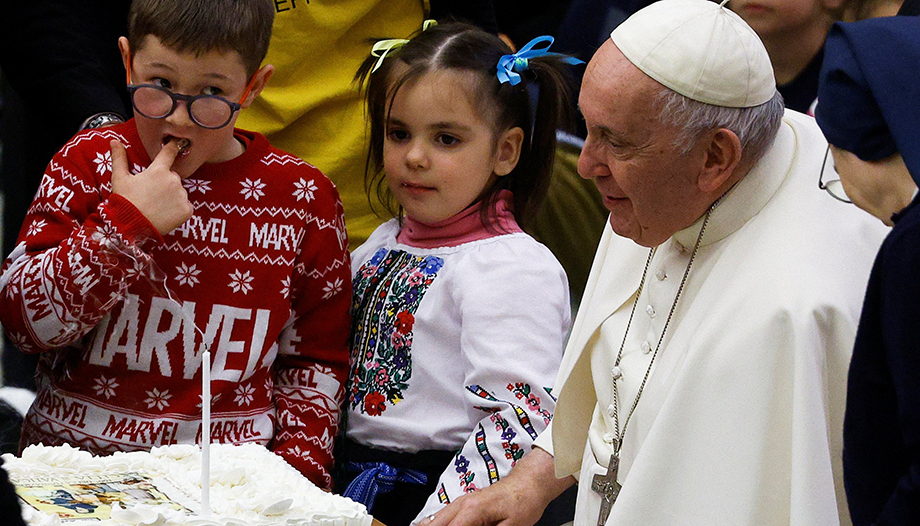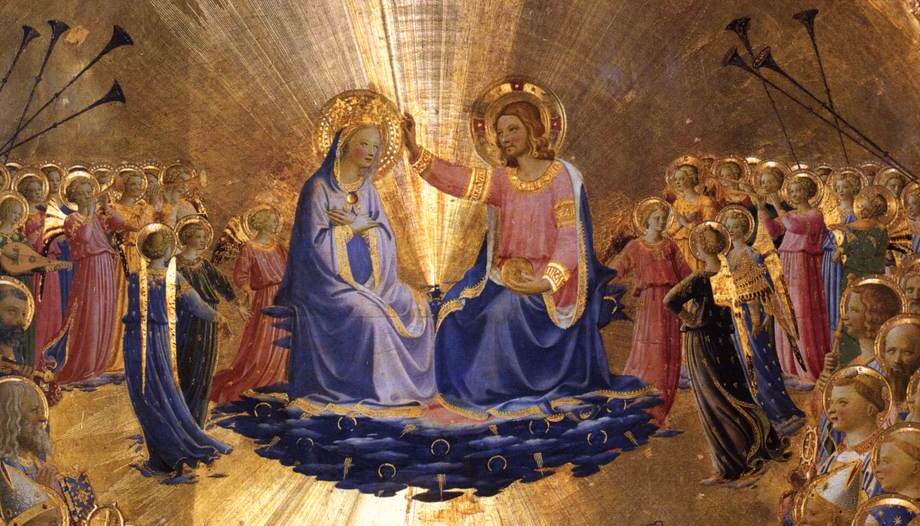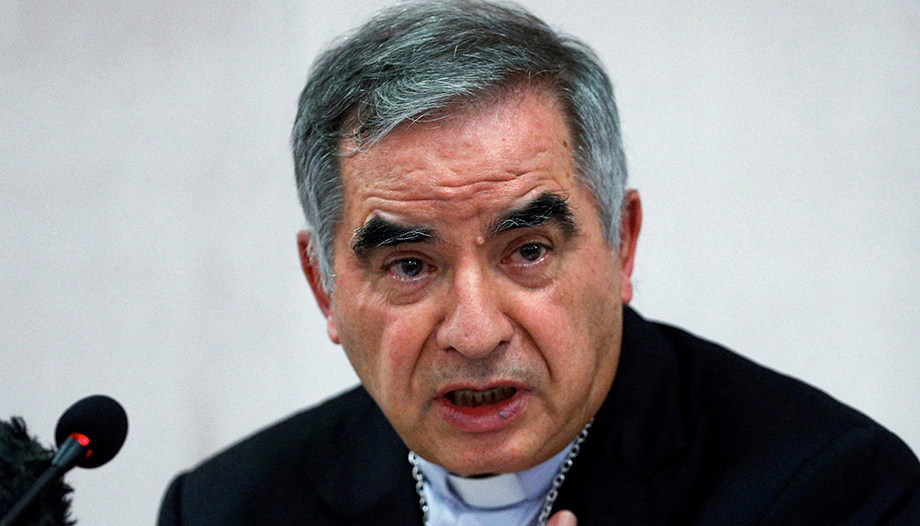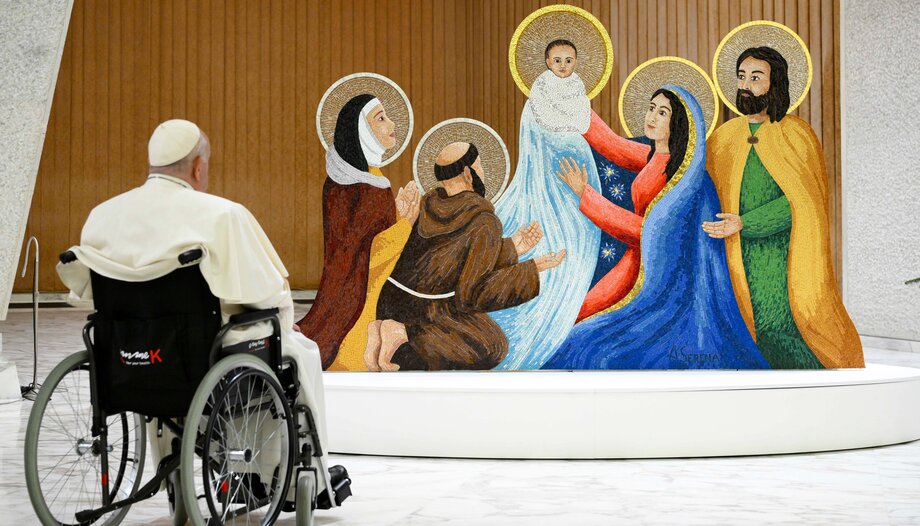This year marks the 50th anniversary of Tolkien's death, which took place on September 2, 1973. To mark the occasion, the book "Tolkien's faith" was published on September 2, 1973.Tolkien's faith"by researcher and English Literature Ph.D. Holly Ordway, a contributor to Word on Fire.. The history of this author is linked to the work of Tolkien, since her conversion process to Catholicism was also supported by the reading of the author of "The Lord of the Rings" and C. S. Lewis, as she narrates in her book "....Not God's type".
In this book, "Tolkien's faith: A Spiritual Biography"The book, which will be published in Spanish in 2024, Professor Ordway analyzes a part of Tolkien's history that had not been studied: the process of his Catholic faith throughout his life, a subject that is tiptoed over in Humphrey Carpenter's well-known biography.
Tolkien's Faith: A Spiritual Biography
TitleTolkien's Faith: A Spiritual Biography
Author: Holly Ordway
Date of publication: 2023
Editorial: Word on Fire
Tolkien was not always Catholic. He was born in South Africa in 1892 to an English couple of Anglican faith, although his mother was originally from a Unitarian family. His father, Arthur Tolkien, fell ill and died suddenly while his wife and children were visiting England, and Tolkien, then four years old, never returned to South Africa.
Shortly thereafter, in 1900, her mother, Mabel Tolkien, converted to Catholicism. As a consequence of this, most of her relatives cut off their relationship with her, as well as the financial support, essential for a widow at that time. A few years later, at Christmas 1903, Tolkien and his brother Hilary also joined the Catholic Church. The exact date is unknown, but this Christmas will be the 120 anniversary.
Despite the economic difficulties and the rejection of her family, Mabel Tolkien remained faithful to Catholicism (not so her sister, who converted at the same time as her but returned to Anglicanism due to family pressure). As he comments in his letters, Tolkien always considered his mother a martyr of Catholic faith, because he thought that the illness that led to her death was a direct consequence of the pressure she was under and the poverty into which the lack of family support had plunged her. Mabel Tolkien died about a year after her children embraced the Catholic faith, in November 1904. Tolkien was 12 years old. Their mother appointed as the children's legal guardian Father Francis Morgan, a Catholic priest of the Birmingham Oratory, whose mother was Spanish and who was born in Cadiz, where he was known as "el tío Curro". In fact, Tolkien mentions in his letters that Spanish was one of his many inspirations for the creation of the languages of Middle-earth (Letter 163).Uncle Curro". In fact, Tolkien mentions in his letters that Spanish was one of his many inspirations for the creation of the languages of Middle-earth: "My tutor was partly Spanish, and I, in my early teens, took his books and tried to learn that (...) Romance language" (Letter 163).
The letters are a fundamental source to know Tolkien's deep faith. He speaks in them unambiguously of his love for the Eucharist, for example, his guardian angel (on this subject it is especially interesting to consult letter 89 to his son Christopher) and his faith.
However, until now there was no methodical and scholarly study of his faith and its evolution throughout his life. Enriched by many different sources, with contributions from Priscilla herself, daughter of the famous writer, "Tolkien's Faith" has become another must-have for anyone who wants to explore this interesting subject.
The history of Catholicism in England is not exempt of persecutions. What difficulties were there for Catholics during Tolkien’s life?
Tolkien was born in 1892, and his mother became a Catholic in 1900. At that time England was very anticatholic, there was a strong effect still from the Post-Reformation era in England, which had been extremely represive: heavy penal laws, catholicism was illegal, restrictive rights, and although the worst of those had obviously been removed before Tolkien’s time, there were still a lot of disadvantages to being Catholic.
For instance it wasn’t until 1871 that Catholics were even allowed to come back to Oxford University. Neither Catholics nor non conformists could enter Oxford University. And that’s not very long before Tolkien’s time. There were other civil disabilities, some of them didn’t pass away until Tolkien’s adult life, and the over atmosphere of England was definitely an Anglican one, it was literally the state established religion. So to be a Catholic meant that you were socially and economically marginalized, and often viewed with a great deal of suspicion by other people in England. I think all of this is important for understanding Tolkien and his mother, because it really shows how intentional this decision of being a Catholic was. To become a Catholic was not just a sentimental move for Mabel: “Oh I like it better”. It meant giving up a lot, and it even meant that her space of worship was not as attactive, because at the Reformation the Church of England took over all the existing parish churches, so Catholics had no where to worship, and by the time they were allowed to build new churches, Catholics had much less money than their anglicans counterparts. So the typical Catholic church that Tolkien would encounter in his youth was shabbier, plainer, not as nice as these beautiful ancient parish churches.
That’s something I wanted to underscore in writing “Tolkien’s faith”, because his biographer, Humphrey Carpenter, makes a very strong point about Tolkien’s emotional attachment to his mother. He loved his mother very much, and her faith obviously meant a lot to him, and Carpenter basically suggests that the main source of Tolkien’s devotion to the Catholic faith is an attachment to his mother, that it’s because of his mother’s faith that he remains a Catholic.
I think that's very inadequate to understand Tolkien's whole life of faith, because, on the one hand, it could have been the other way around, he could have developed a lot of bitterness towards his mother, because her choice to convert to Catholicism plunged them into poverty. He was very proud of her, but it might not have been that way, one thing doesn't necessarily follow from the other. When she died, he would be hard pressed to return to Anglicanism: his grandparents would have loved it, and, in later years, it would have made his professional career and social life easier, even his marriage would have been easier, because his wife, Edith, although she converted to Catholicism, always had some internal conflict about it. So I think knowing that context in which it was difficult and disadvantageous to become Catholic helps us to see that Tolkien was not Catholic just because of an emotional attachment or out of habit, but it was a choice, and somehow he had to be choosing it over and over again throughout his life.
In a letter, Tolkien said that he considered his mother a martyr of Catholic faith. What influence did his mother’s faith have in his life? And his tutor’s when he became an orphan, father Francis?
His mother gave him a very strong example, because she chose to become a Catholic out of conviction, and she stuck with it. Tolkien was a very intelligent, very thoughtful, very observant boy, he was 8 when his mother became a Catholic, and he was 12 when she died, certainly old enough to be very observant about her choices, and he would have seen that it cost her a lot to have this faith, and that she paid a price: poverty and separation from her relatives, and all this disadvantages because she believed it to be true. That made a great mark on him, and he calls it in his letters a murder, a "white" murder. I think this underscores his understanding of the cost that she paid, because she died of diabetes, untreatable at that time, she didn’t have a direct persecution in the way that Catholics in centuries past had had, but certainly her health was negatively affected by the stress that she was under, by the poverty that was a direct consequence of her parents disapproving of her becoming a catholic. I think he saw that she was willing to pay the ultimate price to retain this faith and hand it on to her sons.
And then when she dies he is placed into the guardianship of Fr. Francis Morgan, a priest of the Birmingham Oratory, and he becomes, as Tolkien says, his "second father". He was exactly the same age as Tolkien's own father would have been, for Tolkien's father had died when he was four. Fr Francis had a huge influence on him, and he drew him into the whole life of the Birmingham Oratory. This again is something I write about in the book, because it wasn’t just Fr Francis, it was the whole community of the Oratory, he had many different role models there, which I think is important.
But I think one of the really important contributions that Fr Francis made to Tolkien's development was that he didn’t allowed him to become bitter and isolated: he's an orphan, his extended family does not approve of his being Catholic, what does he do? Fr Francis could have easily have hidden the boys away, kept them from contact with his personal relatives, but that’s not what he does. He encourages the relations with them. He is fastening Tolkien's Catholic faith and that of his little brother Hilary, but he is also encouraging him to spend time with his grandparents, with his uncles and his aunts, and Tolkien ends up quiet soon having family relationships and spending his school holidays with them. This is really remarkable, because there were great difficulties to be overcome, it wasn’t a natural thing to happen. I think this helps us understand what Tolkien later said: that Fr francis had taught him charity and forgiveness. I think part of that would have been forgiveness of his extended family, for having been hostile to his mother faith. Except one, they stayed protestants, he stays Catholic, but he learned how to have a relationship with them regardless.
Also, Father Francis allowed him to study at King Edward's School, which is a Protestant school, and it was very unusual for a Catholic boy in England to be allowed to do this, because most Catholic parents or guardians would have feared that he would be indoctrinated and alienated from the faith at school, and it was a reasonable fear, because there was a very anti-Catholic atmosphere in England and peer pressure is very strong at any age. So Father Francis was showing a confidence in Tolkien by letting him study there, and it also shows that he was forming him in the faith at home as well as at the Oratory. Tolkien later commented that he believed this decision had done him a lot of good, and enabled him to function in a non-Catholic professional environment.
Father Francis was a Catholic by birth, but many of the priests at the Birmingham Oratory were converts, so there was much more familiarity with the Protestant world than is common in a Catholic community. And I think one of the lessons they taught Tolkien early on was a grassroots ecumenism: "These are our brothers in Christ, separate, but still Christians." They taught him not to be afraid of them, to be confident in his own faith, but also to be able to interact with them. And it is also relevant that King Edward's School was in fact an interfaith school, there were also Jewish students, and I think this laid the foundation for the very friendly relations he had with his Jewish colleagues in later years.
Tolkien played an important role in C. S. Lewis’ conversion to Christianity, but their mutual friendship also contributed a lot to the way Tolkien lived his faith. He said that Lewis was "in love with Our Lord". What did this friendship entail to both of them?
Yes, this is one of the most famous literary friendships of all time, but it almost didn’t get off from a very good start. They met in 1926, when Tolkien had just come to Oxford as the professor of Anglo-Saxon, and he met Lewis at an English faculty meeting. And Lewis didn’t really think much of him. He wrote down in his diary: "He is a smooth fluent little chap... No harm in him, only needs a smack or so". Lewis at that time was an atheist, and so maybe you wouldn't have expected a friendship to form between them, but it did, out of their shared love of literature and languages. We know that Tolkien eventually helped Lewis to become a Christian, in the famous Addison walk conversation, where he and Hugo Dyson talked with Lewis and helped him see Christianity as the true myth. But Lewis also had a very positive influence on Tolkien. When Tolkien first met Lewis he was coming out of a really barren stretch of his faith. He went through a stretch of some years, we don’t know exactly how many, when he said: "I almost ceased to practise my religion". He could continue to practice his religion but obviously it was a very barren stretch for him. And he started to come out of it in the late 1920 or so. I think that one factor in him strenghthening his faith was the fact that he was talking to his new friend Lewis about it. Because Lewis was intelligent, thoughtful, and would have asked questions like: "Well,Tollers, why do you believe that?". And then Lewis question would have prompt Tolkien to say: "Why do I believe that?". And then to give the answer he would maybe have to go look it up, read the Bible some more... I think the way which Tolkien was helping Lewis to become a Christian was simultaneously helping to strengthen his own faith. That’s why it becomes a very mutually beneficial friendship.
In many letters, Tolkien mentions the Eucharist and the importance it had in his life. How was his relationship with this Sacrament like?
He had a very great Eucharistic devotion, he said that from the beginning he fell in love with the Eucharist and that, by God's mercy, he never strayed from that love. And I think this is one of the things he learned in his youth at the Birmingham Oratory, because the congregation of the Oratory of St. Philip Neri had a very developed Eucharistic spirituality. The Oratorians brought the 40-hour devotion to England, 40 hours of continuous adoration of the Blessed Sacrament, which was something relatively new in English devotion.
It was a devotion that, as we know, Tolkien mentions in the letters. He has a really strong sense of Christ in the Blessed Sacrament, and that is the corner stone of his faith, It stays with him his whole life, even when he was having his dry stretched faith he said he could feel the presence of God in the tabernacle soundly calling to him.
You mention in the book that there were differences between the way Anglicans and Catholics faced the war. Which were the main differences?
It was a fascinating part of my research, for I was able to find reports from chaplains written immediately after the war, in 1919 (one report by anglicans and one report by catholics). So I didn’t have to look at retrospective analysis, I could look at what they said on the spot. And it was very interesting, because the anglican chaplains were really worried that their men had no knowledge of the Christian faith, and they weren’t able to cope with the moral questions that were being thrown at them by the horrors of the war. They had no resources, they didn’t know how to cope with it, whereas the catholic chaplains found that, although their men were suffering, they were able to deal with the bigger questions, the problem of evil, the problem of suffering, I won’t say more easily, because that would be the wrong word for dealing with this, but they were not ashaken by it, because catholic teaching at that time talked a lot about the problem of suffering and had a big emphasis on the cross, and the suffering that every catholic has to bear. In anglican teaching at that time there was not equivalent emphasis on suffering in the Christian life, on the meaning of the cross, on the mystery of evil-suffering. So catholics were more equipped to face the reality of the war than many of their anglican counterparts were.
That is one factor, but the other, very different, has its origins in what it meant to be Catholic in England at that time. No one was Catholic just out of habit, you were Catholic because you wanted to be. You may not have been well trained, Catholic chaplains noted that many of their men were not very well trained, but you knew you were Catholic. Because Anglicanism was the state religion, any enlisted soldier was registered as an Anglican unless he specified otherwise, so the result was that somebody who was an Anglican by culture might not even be a believer, he might be an agnostic or an atheist Anglican, and that made things much more difficult for Anglicans who really had a sincere Christian faith, because there was no guarantee that their co-religionists shared their faith. So in that sense it was more difficult to be an Anglican in the trenches than it was to be a Catholic.
The author Clyde S. Kilby, who helped Tolkien compile the materials for the Silmarillion, said that Tolkien told him that the “secret fire” (which Gandalf mentions in The Lord of the Rings) was in fact the Holy Spirit. How does this very specific meaning marry with Tolkien's rejection of allegory?n Tolkien's rejection of allegory?
This is a very good question, and I think the first thing is to know that most people don’t have the full meaning of the word allegory as Tolkien understood it. In literary terms, as Tolkien would have understood it, an allegory is a story in which every part of the story has a corresponding equivalent of meaning: this equals that, and it goes through the whole story. And that is definitely not the case with the Lord of the Rings. And of course he talks about applicability, where you can drop connections between what you find in the story and other things.
But when we have something like him saying that the secret fire is the Holy Spirit, that’s actually not allegory, because it’s not part of a system that's put on to the text. In part it's an image, and it comes back to the fundamental understanding that Tolkien had of his world. Because Middle Earth is our world, and the God of Middle Earth is God. Tolkien is quiet clear about that.
He got very annoyed when someone said there was no God in Middle Earth, and he said: "Well of course there is", and then the interviewer said: "Who?" And he said: "The one". This helps us to understand that, although the world is imagined, the spiritual reality is the same. He has Aragorn say (I’m paraphrasing) that what’s true is true for elves and men, there’s no two different kind of truths for different people. The basic moral foundations of the world are what they are. And so Eru Ilúvatar, the God of Middle Earth, is God: Father, Son and Holy Spirit, as we would recognise him. Now, the world of Middle Earth is a pre-Christian world, it’s set in a distant past, so obviously there’s no direct Christ figure, there’s not an equivalent of Aslan, as we have in the Chronicles of Narnia by C. S. Lewis. Anything that is a connection to a spiritual reality is sort of hidden. In this world, the Valar for instance are angel and archangelic figures. Of course the people of Middle Earth call them "gods", it’s a world of natural theology, they don’t really know what they are, but Tolkien identifies them with what they are: they are angels.
And I think we have the same thing: we now know from what Tolkien said to his friend Kilby that he conceived the secret fire as the Holy Spirit because Middle Earth is part of our own world, so there is the Holy Spirit there somewhere. But of course since this is all pre-Pentecost, the people of Middle Earth have no idea, they wouldn’t be able to articulate who the Holy Spirit is, it’s under the surface, it’s very deep down. We as readers can look at it and say: "Oh ok I recognise it". It’s there for us to see if we want to, but it’s very suttle, very very deep in the foundations of Middle Earth.
You have had the opportunity to talk with Priscilla, Tolkien’s daughter, and with other people who knew him. What is the most relevant thing they have told you about the Professor?
I was very grateful to be able to ask Priscilla a question about her father and get an answer which is very important. I was curious about her father’s Confirmation name, which was Philippe. But what Philippe? I wanted to know. And so I asked her: "Was this taken after Saint Philip Neri, the founder of the Oratory?" And she said: "Yes". Getting that very strong robust confirmation that the Philippe that her father took as his name was Philipe Neri was great, because that really helps make another connection to the spirituality of Philipe Neri and the oratorians, which turns out to be so important in understanding Tolkien's spirituality. So that one brief conversation was brilliant, I’m so grateful that she answered my question.






 Christ in the cityMeeting Christ in the city
Christ in the cityMeeting Christ in the city






